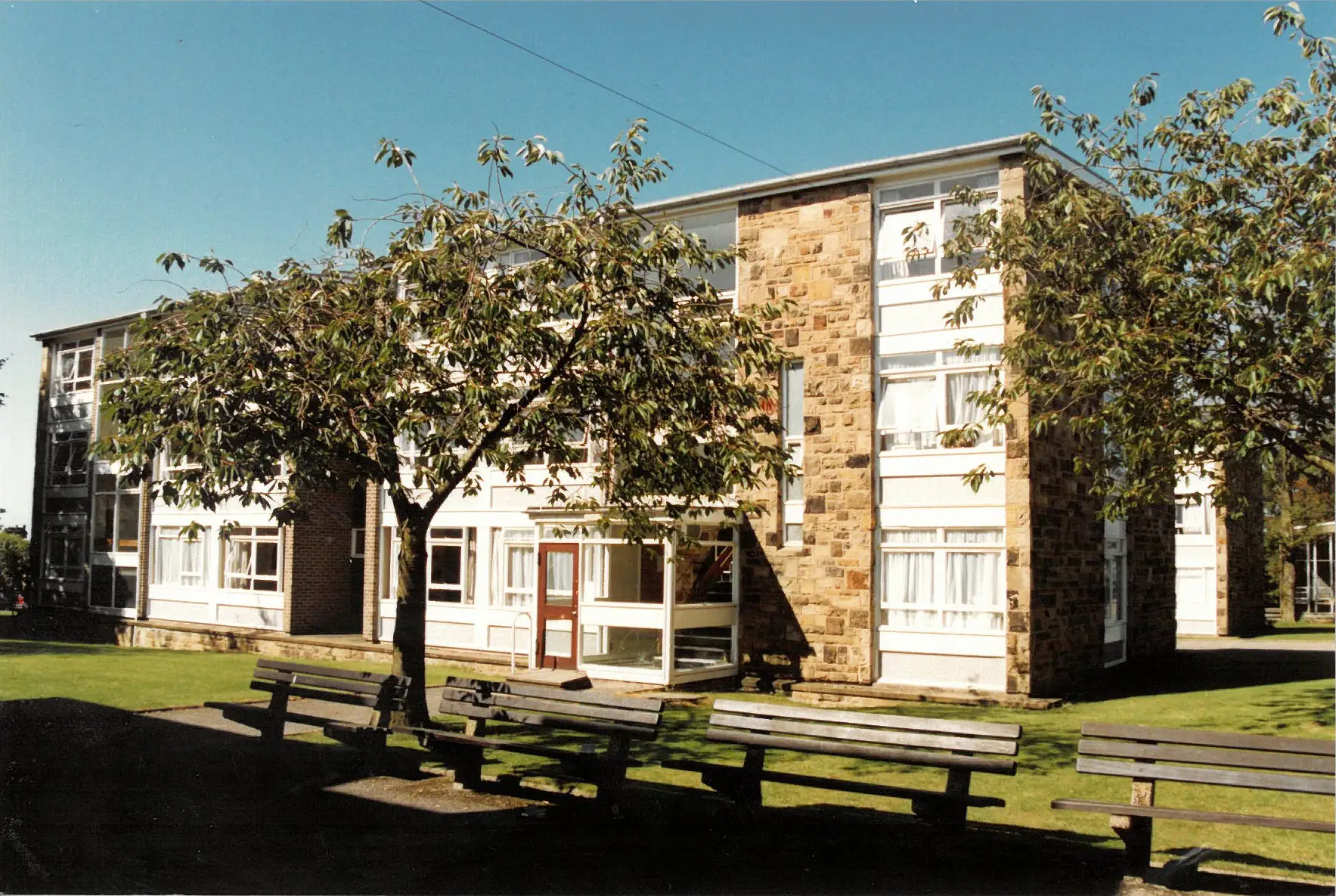
Works have started in Lancaster on our masterplan to re-shape the campus for the future.
The Lancaster Masterplan
Following a comprehensive review of educational provision and facilities, we updated our estates strategy in 2018 and have developed a masterplan for the Lancaster campus.
The aim of the Lancaster masterplan is to increase campus vibrancy and improve the quality of accommodation for our students whilst at the same time delivering community facilities in association with local councils and service providers. The south east area of the campus has been sold to Progress Housing Group. They are a not for profit housing provider who owns and manages over 12,000 homes. They are also one of the UK's leading supported living providers for people with autism and learning disabilities.
They operate mainly in Lancashire but offer supported living services nationwide as well as delivering key worker accommodation in Lincolnshire.
Kate McLaughlin-Flynn, Director of Finance and Resources at the university, said: “Over the last few years the university has been working to deliver its estates strategy. The objectives of this strategy are to deliver just enough of the right type of space and services, available at the right times, in the right condition, at sustainable financial and environmental cost.
“Good progress has been made and whilst we have invested in new buildings and refurbishing others, the amount of space that we occupy is not proportionate to the size of the university and our future delivery plans; we have too much space. Many of the older buildings are in poor condition, not suitable for modern teaching or empty. This brings high costs to both maintain and run, but also to improve the poorer buildings to a suitable standard.”
Demolition
The area that has been sold off and is marked for demolition can be seen on the map marked in red. These are the three halls of residence blocks; Sarah Witham Thompson, Gressingham and Melling, also the Black Box Theatre building, Old Dining Hall and Long Corridor.
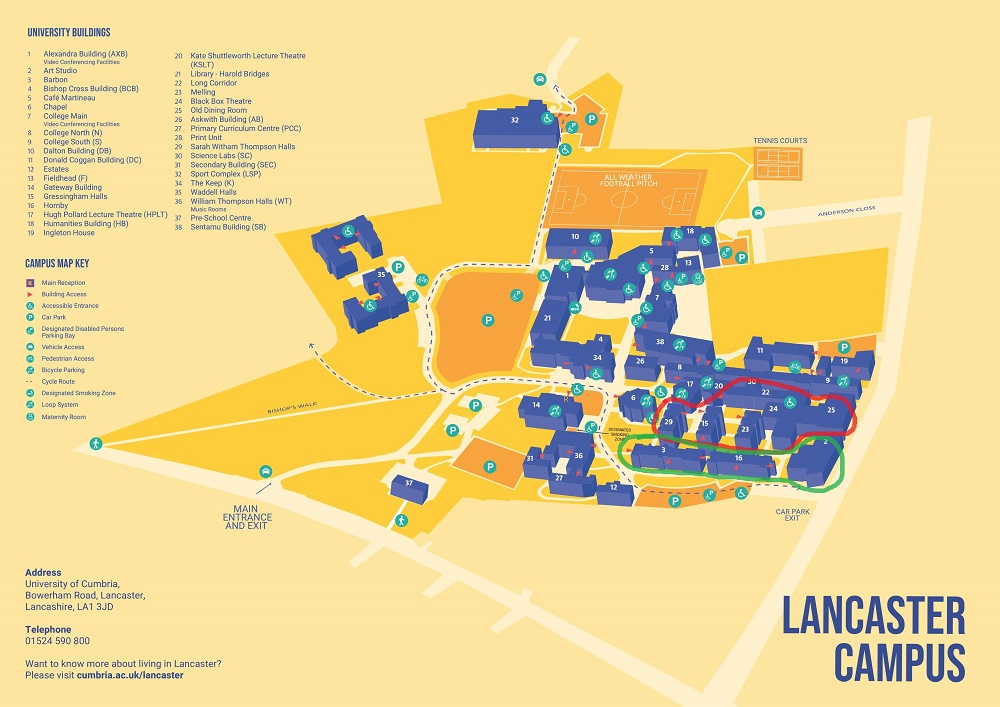
This area of campus was built in the 1960s as part of the new St Martin’s College which was established in 1964 as a Church of England teacher training college. The site was the former barracks for the King’s Own Royal Regiment, the army had vacated the in 1959. Architect Charles Pike chose local stone and pale brick with lawns and landscaping to create a pleasant environment. Works started to convert the site in January 1964 and this area of the college was built on the former barrack square used for drill exercises.
The campus was funded by the Church of England, an appeal committee and donations by the city of Lancaster together with donations from wealthy Lancashire residents. William Thompson gave £50,000 and the nine storey halls of residence was named in his honour. His sister Sarah Witham Thompson, gave £15,000 and her name to one of the three smaller blocks.
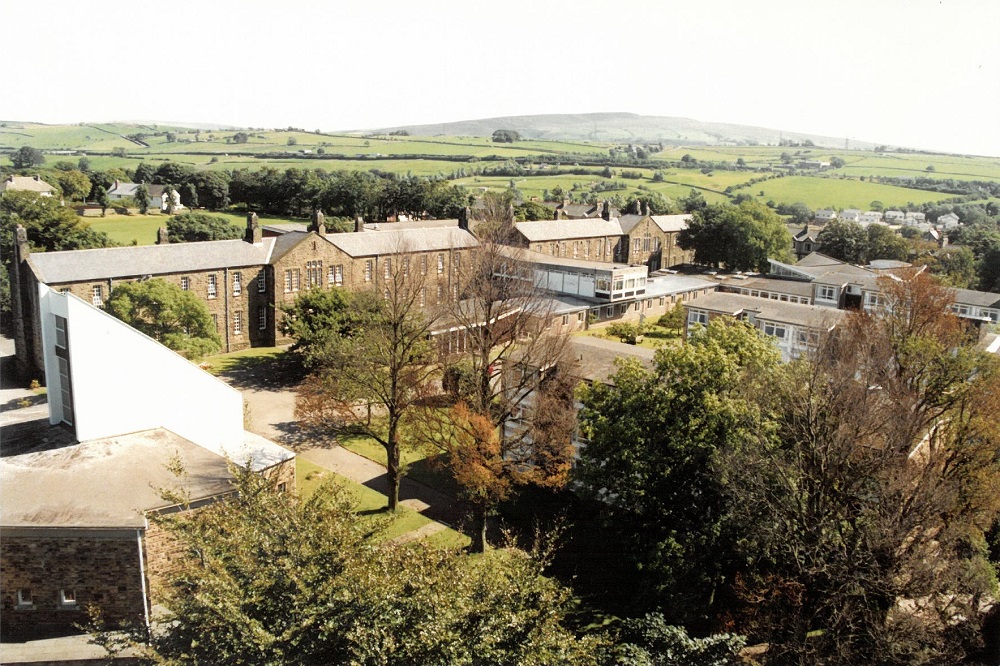
The area marked in green including the Art Studio and residence blocks Barbon and Hornby have also been sold off as part of the plan but these areas are being re-developed rather than demolished. Barbon and Hornby are original barracks buildings. Completed in 1880 the buildings are local stone in a sombre Victorian style.
New building works
Progress Housing Group have started the demolition of the old buildings and will build a four storey extra care facility, which will be complete by the spring of 2025. When complete, there will be access through the development onto the campus from Golgotha Road. The land has been leased to Progress Housing Group on a 125 year lease. This is a totally owned and managed development by Progress Housing.
You can read more about the plans and see the architectural images here.
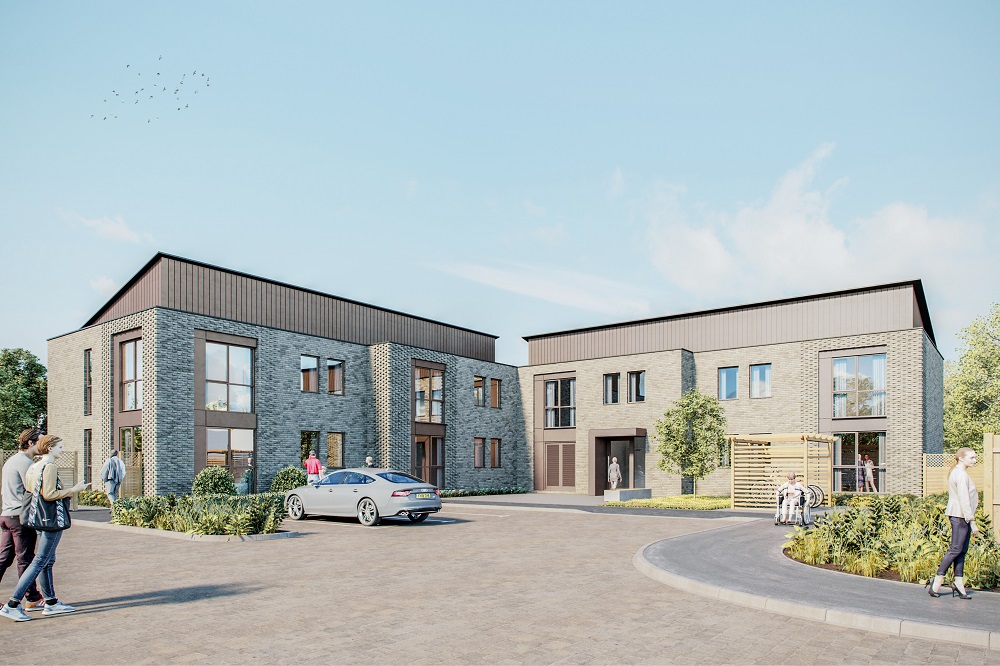
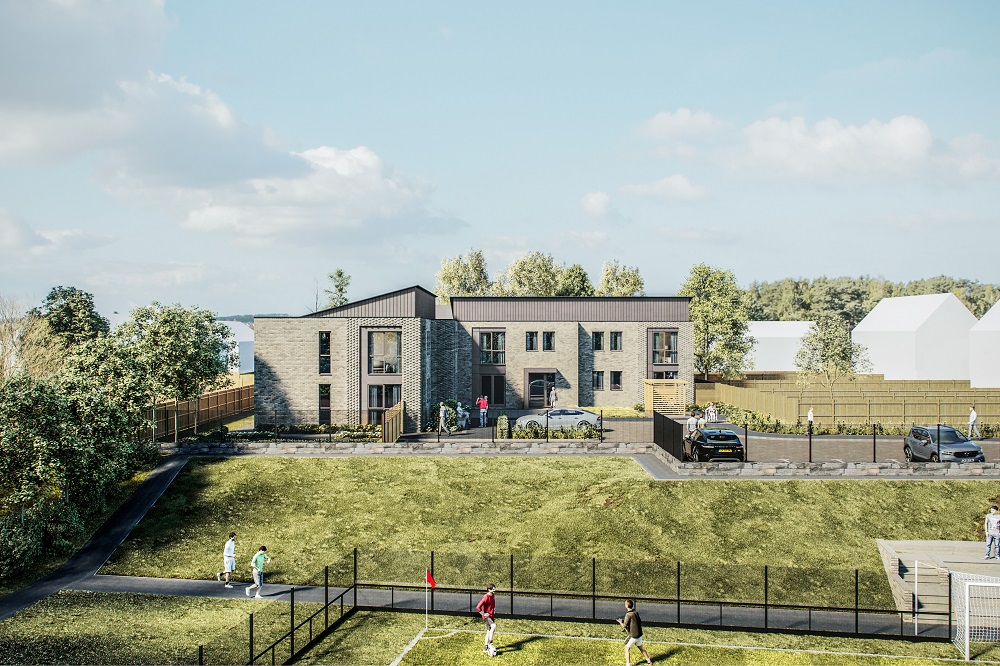
Images: DAY Architectural Ltd - Showing the two storey supported living apartments on the former tennis courts.
The next phase
Our phase two plans will be to redevelop the disused tennis courts as a block of two storey supported living apartments for local residents in need, plus the creation of an access road and parking.
Our phase three plans include the demolition of William Thompson Halls and replacing it with a new student accommodation tower with 214 en-suite bedrooms arranged in cluster flats.
Share your memories
These buildings hold nearly six decades of memories for students of the Lancaster campus. Many will remember dinners, dances, parties and PE lessons in the Old Dining Hall. Many lessons and meetings with tutors have taken place in the Long Corridor and not to mention the friendships and love stories forged in the halls of residence.
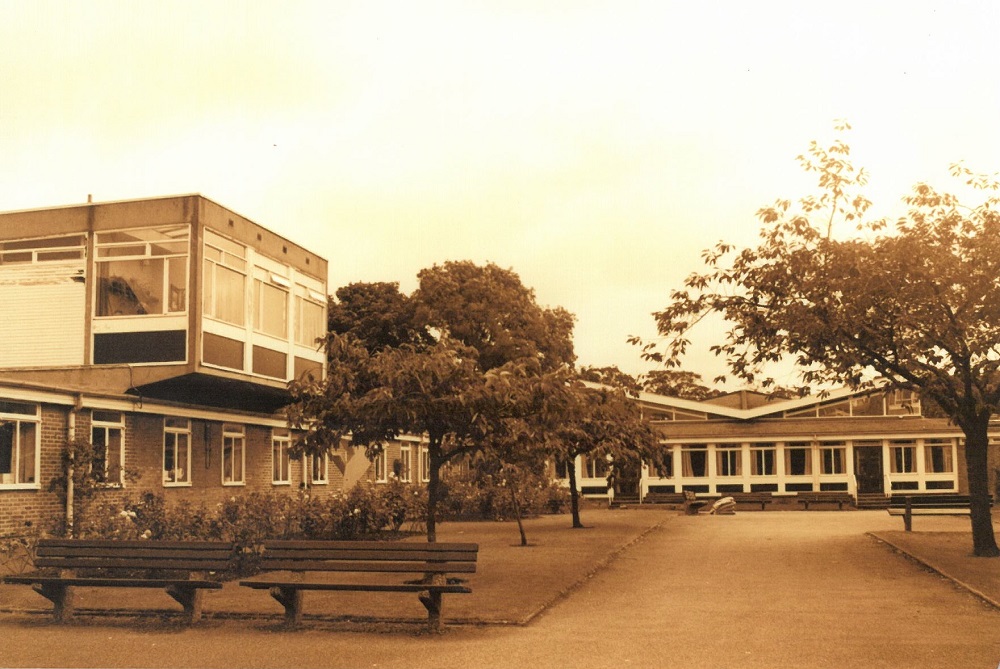
We appreciate that hearing this news and seeing works on site can be upsetting to those that knew these buildings. Buildings may be demolished but our memories, experiences and friendships will be with us forever. If you wish to share your memories of The Long Corridor, the Old Dining Hall, Hornby, Barbon, the Art Studio, Black Box Theatre, Gressignham, Melling or the Sarah Witham Thompson Hall we would love to hear from you.
Join in the conversation on our Facebook post or email alumni@cumbria.ac.uk
